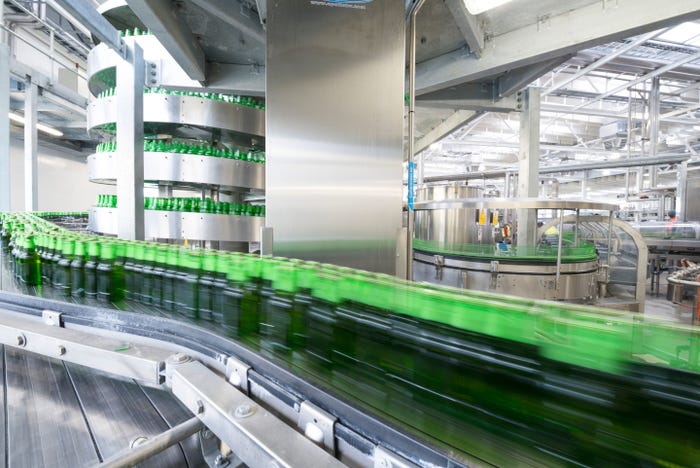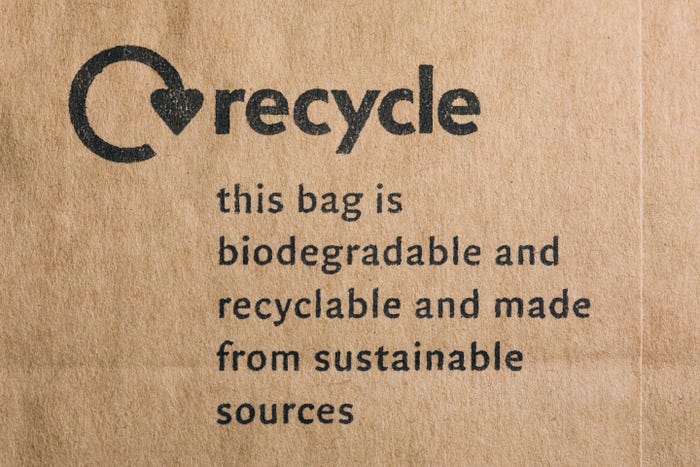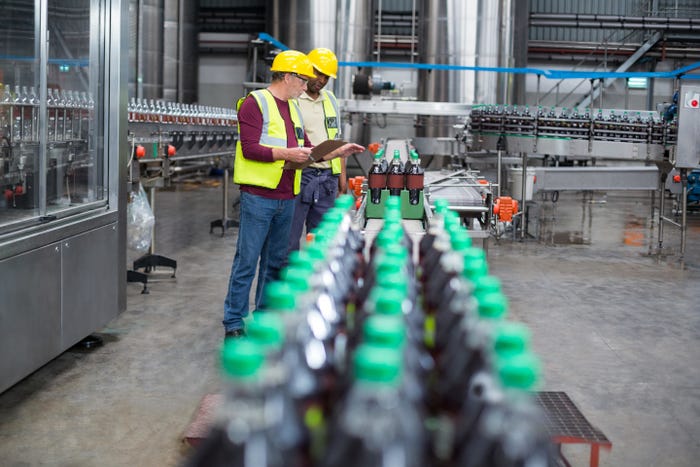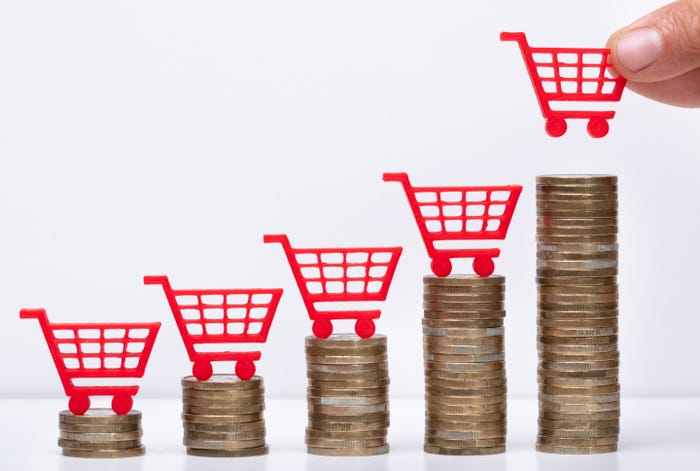6 Trends Affecting Brands and Their Co-Packer Partners
Post-pandemic shifts in consumer consumption and buying habits are forcing product manufacturers and their contract packagers to reassess their business needs.

Certain years are so eventful they pivot the world in a whole new direction. Like 2020. The COVID-19 pandemic upended every definition of normal, pushed millions into near poverty, and triggered a global economic downturn.
Unlike other industries and the world at large, the consumer packaged goods (CPG) industry succeeded in pivoting during an extraordinarily difficult time. The industry experienced more absolute growth in 2020 than it had in the four years prior. During the pandemic, the CPG industry rapidly adapted to shifting market conditions and changes in consumer behavior.
As manufacturers focus, their preference will shift to contract packaging to reduce their operational cost and improve their innovation. As a result of these factors, the contract packaging market is expected to register a compound annual growth rate (CAGR) of between 10% and more than 15% according to various contract packaging industry studies.
Taking this growth trajectory into account, it goes without saying that manufacturers will continue to outsource contract packaging activities to third-party players in the years to come. But how will these partnerships evolve?
Here are six trends that will define the CPG’s business relationships with contract packagers post-pandemic.

1. Innovation.
Brands must pivot and support consumer behavior and the demand for basic goods like ready-to-eat foods and cleaning supplies. Additionally, CPGs are acquiring smaller brands and reinvesting to create more desirable and innovative products. An exploration of existing products provides an opportunity to reinvent core brands by bringing functionality to existing product lines, co-branding with other know products, or personalizing the packaging experience.
Rationalization of stock-keeping units (SKUs) is another example of innovation that has taken off in the packaging industry. To ease supply chain pressure, many CPGs turned to SKU consolidation and rationalization. Markedly, this was a significant shift from trends of years past that focused more on customization and product personalization.

2. Adaptability and speed.
Uncertainties brought on by the pandemic spurred manufacturers and co-packers to unprecedented levels of speed and adaptability. From CPGs shifting in response to chaotic consumer demands, to co-packers reworking the entirety of their operations to meet new guidelines, every aspect of the supply chain had to react faster than ever.
Only businesses that could adapt fast enough and weather the shocks were able to capitalize on increasing consumer demands. Going forward, agility will be a metric for business success. Brands will have to innovate to remain resilient; whether this comes in the shape of divesting or reinvesting is entirely up to the brand.
In fact, the marriage of adaptability and speed, which is not historically a characteristic of large enterprise, is destined to stick. The big CPGs are pivoting stalwartly toward innovation. This will require solid partnerships between the CPG and co-packers that will support the execution into the parade of new ideas from marketing. Access to best-in-class production, purpose-led teams, and unmatched quality programs will help these big companies fail fast, learn, and get back out there quickly with new concepts.

3. Increased focus on sustainability.
As expected, sustainability is gaining quite a lot of momentum within the CPG industry. The global sustainable packaging market is expected to expand at a CAGR of 6% until 2027 to reach US $412.7 billion.
Sustainability calls for more resource efficiency and a need to enforce social and environmental standards along the supply chain. Manufacturers will depend more on co-packers to help them meet their sustainability initiatives and, in most cases, the brands will lead the new specifications in which the co-packers will support them with testing and validating the new changes.

4. Co-investing in human and capital resources.
Companies that invest in their people, invest in their future. Good company culture not only keeps talent at a company, but it also attracts talent. Nearly 70% of Americans place greater importance on benefits and corporate culture than on salaries, and nearly half of all job seekers say that company culture is very important to them.
The COVID-19 pandemic has provided a backdrop for employees to re-evaluate and gain new perspective on their jobs. Without investing in human capital, the labor shortage could continue to get worse.
For capital investments, having a partnership with a contract packager allows CPG companies to take on less of the operational burden. Contract packagers take on much of the capital investments for operational efficiencies and speed-to-market solutions (such as large-scale production equipment) and new technologies (such as big data solutions and robotics).

5. Addition of qualified suppliers.
Supply chains are the backbone of modern society, and shocks can grind businesses and entire industries to a halt. In the seasons to come, corporations will expect greater flexibility and transparency from their supply chains.
As global CPG companies look for more suppliers qualified with the systems, process, and talent to meet their needs, those with the foresight to build out solutions in line with changing industry trends and consumer demands will thrive.

6. Seismic shift towards ecommerce.
For CPG companies, lagging ecommerce development translates to hundreds of millions of dollars in lost sales opportunities. Around the world, sales from online channels are expanding at an exponential rate.
With the shift to a digital economy, more consumers are buying everyday products from a combination of both etailers and directly from brands’ own websites. CPG manufacturers should capitalize on this shift and invest in the necessary digital infrastructure, such as establishing ecommerce stock-keeping units (SKUs), tracking performance online, and developing separate planning processes.
Looking to the future.
The road ahead isn’t apparent. Businesses must invest in systems that bolster resiliency and agility. Industries will have to pivot if they’re to survive, let alone thrive in an uncertain world. These trends forecast a shift towards an increased focus on cost optimization while increasing production capacity.
If the pandemic has taught the world anything, it’s that people and communities cannot afford another “black swan.” The lessons we learn, however, give us both courage and insight on how to prepare for the unimaginable.
About the Author(s)
You May Also Like




